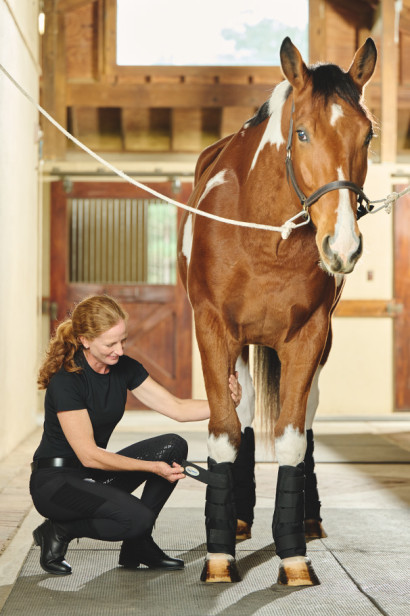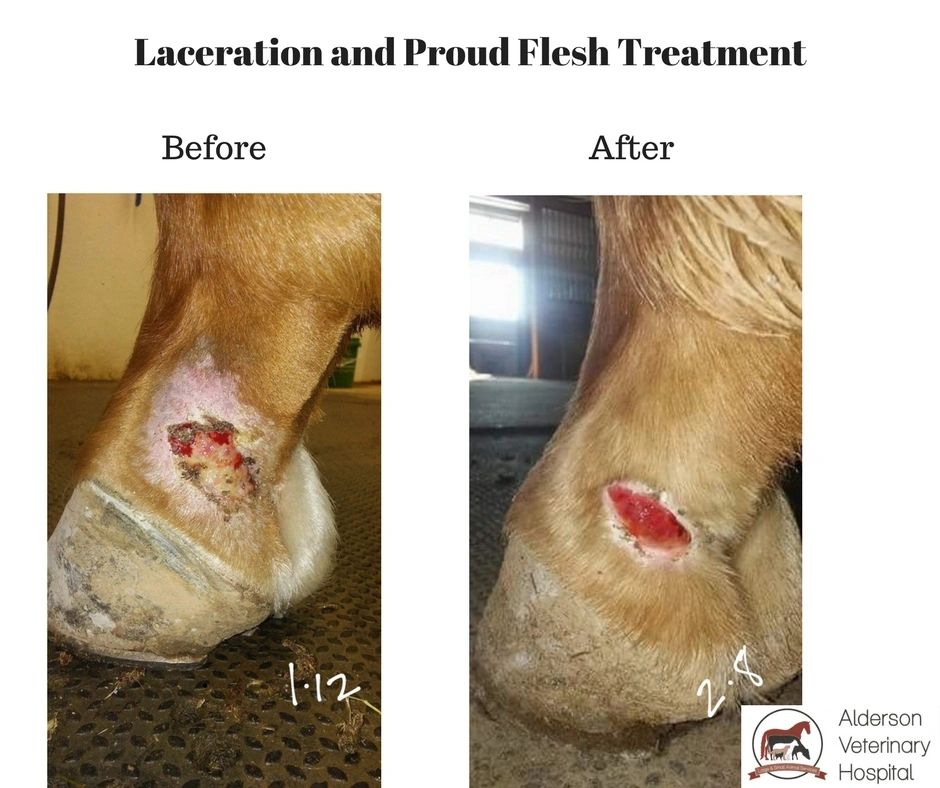Assessing the Performance of Laser Therapy in Equine Therapy for Injury Rehabilitation
The examination of laser treatment's performance in equine injury recovery pivots on numerous variables, consisting of healing time, discomfort mitigation, and tissue regeneration. Veterinarians regularly observe exceptional results with laser therapy contrasted to standard approaches, positioning it as a critical component in equine treatment.
Comprehending Laser Therapy
Laser therapy has become a pivotal device in vet medicine, particularly in the therapy of equine problems. Understood for its non-invasive nature and efficacy, laser treatment entails the application of particular wavelengths of light to stimulate tissue fixing and minimize inflammation. This therapeutic method is significantly favored for its ability to increase the recovery process in steeds struggling with a variety of bone and joint injuries and persistent conditions.
The main device behind laser treatment is its ability to improve mobile functions. Additionally, laser therapy advertises vasodilation, improving blood flow and oxygen shipment to broken cells, thus speeding up healing.
In equine medication, laser treatment is especially useful for problems such as tendonitis, osteo arthritis, and injury healing. The strategy is lauded for its pain-relieving properties, enabling equines to restore wheelchair and feature much more quickly. Veterinarians additionally value its very little negative effects compared to other therapy techniques, making it a reliable and secure option for equine care.

Just How Laser Therapy Functions

Upon absorption, these photons trigger a collection of biochemical modifications, improving mitochondrial function and causing boosted adenosine triphosphate (ATP) production. This surge in ATP accelerates cellular metabolic process, advertising tissue repair work and regrowth. Furthermore, laser treatment modulates inflammatory feedbacks by influencing cytokine degrees and reducing oxidative stress and anxiety, consequently easing pain and swelling.
An additional considerable facet of laser treatment is its function in improving microcirculation. The treatment promotes vasodilation, boosting blood flow and oxygen distribution to damaged cells (Equine Therapy). This helps with the elimination of cellular particles and sustains the expansion of fibroblasts and collagen synthesis, crucial for wound recovery
Clinical Proof
The effectiveness of laser treatment in equine treatment has actually been validated with have a peek at this site different scientific researches, showcasing its healing possible throughout a range of conditions. A research study performed by Turner et al. (2012) demonstrated that equines treated with low-level laser treatment (LLLT) for ligament injuries displayed sped up healing compared to those receiving conventional treatments.
Similarly, study by Johnson and associates (2015) focused on equine muscle mass injuries, revealing that laser treatment considerably expedited muscle mass fiber regeneration and minimized muscle rigidity. Medical analyses have actually shown that laser therapy can ease persistent conditions such as osteoarthritis.
Vet Insights

Vets additionally value the adaptability of laser treatment. It can be used for a wide variety of conditions, from superficial wounds to much deeper bone and joint injuries. Dr. Emily Brown highlights its energy in dealing with problems like tendonitis and osteo arthritis, where traditional therapies commonly drop short. She mentions that laser therapy can be tailored to the specific needs of each steed, ensuring ideal results.
In addition, vets value the capability to integrate laser treatment with other treatment methods. This multimodal technique can improve overall therapy effectiveness, offering a comprehensive remedy for equine recovery. Such endorsements from seasoned specialists highlight the expanding approval and application of laser therapy in equine medication.
Practical Considerations
A vital aspect of implementing laser treatment in equine treatment entails comprehending the practical factors to consider that ensure its efficiency and safety. Most importantly, it is vital to select the ideal laser device, as numerous types vary in wavelength, power, and infiltration depth. Equine Therapy. Vets should be fluent in these parameters to customize therapy procedures properly to each injury kind
Moreover, the frequency and period of laser therapy sessions need cautious preparation to maximize restorative advantages while minimizing any type of possible adverse impacts. Constant surveillance of the horse's action to therapy can guide required modifications in the treatment routine. from this source Establishing a other risk-free and controlled setting throughout therapies is also necessary to protect against accidental exposure to laser emissions, which might hurt both the steed and the trainer.
Educating and certification of workers providing laser therapy are vital to make certain correct strategy and to promote safety standards. Additionally, maintaining accurate records of each session, including laser settings and observed results, is important for assessing the general efficiency of the treatment and for making data-driven decisions.
Conclusion
Laser therapy has actually become a reliable technique in equine injury rehab, using considerable benefits in recuperation time, discomfort alleviation, and tissue healing. Clinical researches emphasize considerable enhancements in conditions such as tendonitis and osteoarthritis, credited to boosted cellular function and increased ATP manufacturing. Vet observations affirm these searchings for, highlighting premium results compared to traditional treatments. For ideal results, continual tracking and individualized therapy procedures remain crucial in leveraging the complete capacity of laser therapy in equine treatment.
Comments on “Discover the Outstanding Benefits of Equine Therapy for Psychological Recovery”